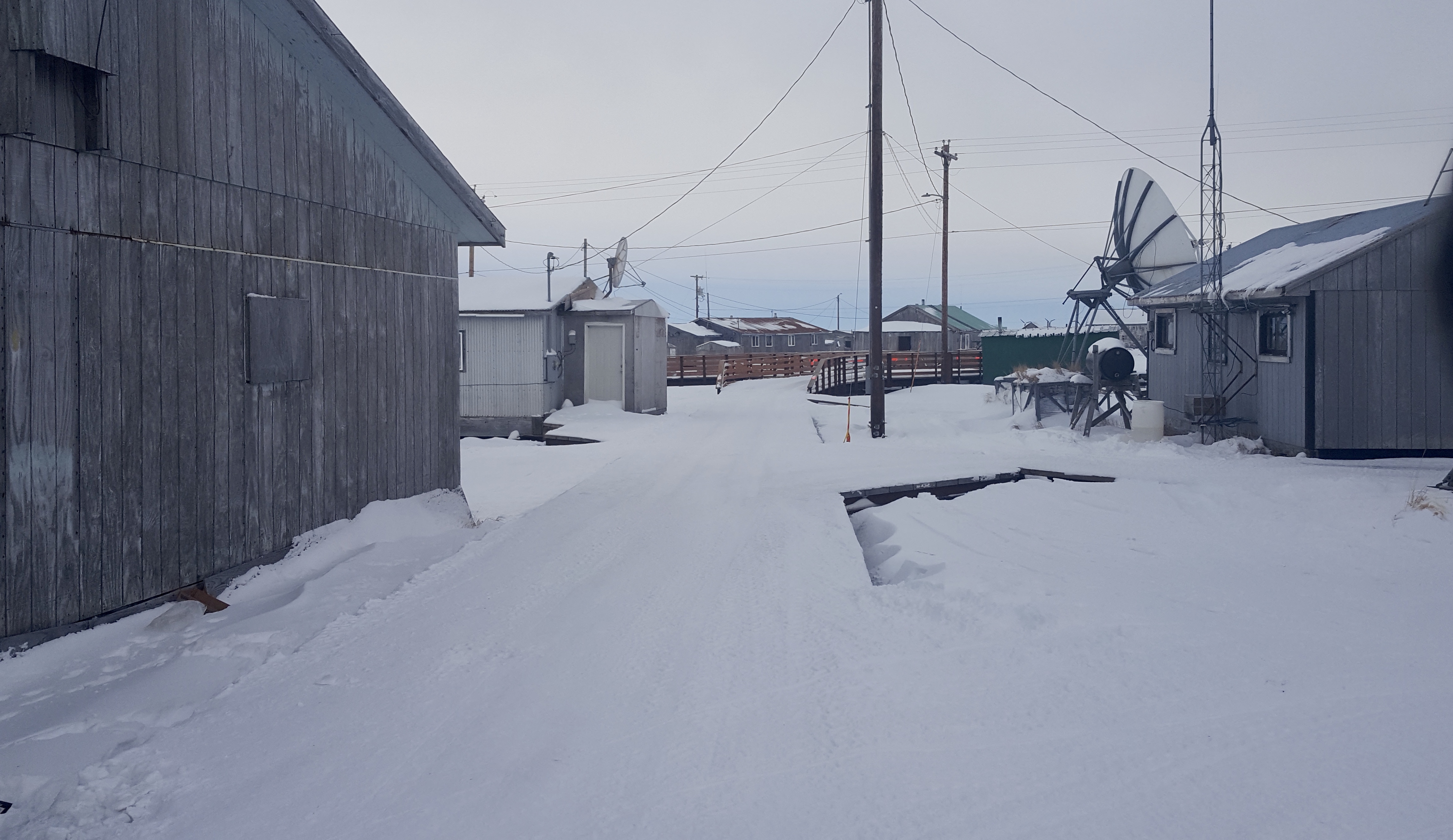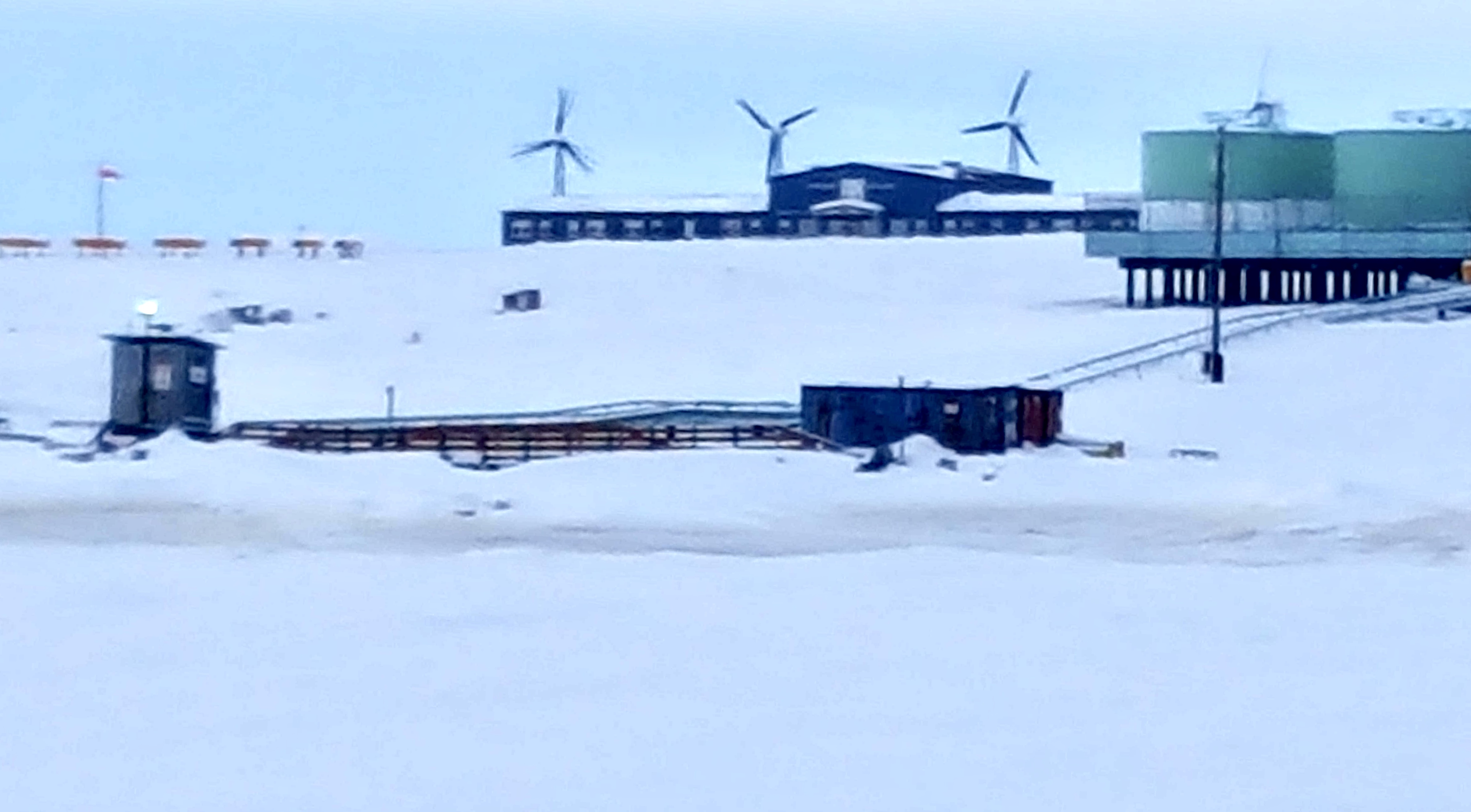Kongiganak, Alaska on:
[Wikipedia]
[Google]
[Amazon]
Kongiganak ( esu, Kangirnaq) is a
 The original Kongiganak was settled in the 19th century and was located on a small creek just above
The original Kongiganak was settled in the 19th century and was located on a small creek just above
 Kongiganak is served by one school in the
Kongiganak is served by one school in the
census-designated place
A census-designated place (CDP) is a Place (United States Census Bureau), concentration of population defined by the United States Census Bureau for statistical purposes only.
CDPs have been used in each decennial census since 1980 as the count ...
(CDP) in Bethel Census Area, Alaska, United States, and primarily sits on the eastern shore of the Kongiganak River. As of the 2010 census, the population was 439, up from 359 in 2000.
Geography
Kongiganak is located at (59.953896, -162.895199). According to theUnited States Census Bureau
The United States Census Bureau (USCB), officially the Bureau of the Census, is a principal agency of the U.S. Federal Statistical System, responsible for producing data about the American people and economy. The Census Bureau is part of t ...
, the CDP has a total area of , of which are land and (9.14%) is water.
History
 The original Kongiganak was settled in the 19th century and was located on a small creek just above
The original Kongiganak was settled in the 19th century and was located on a small creek just above Kuskokwim Bay
Kuskokwim Bay is a bay in southwestern Alaska, at about . It is about long, and wide.
The Kuskokwim River
The Kuskokwim River or Kusko River ( Yup'ik: ''Kusquqvak''; Deg Xinag: ''Digenegh''; Upper Kuskokwim: ''Dichinanek' ''; russian: � ...
. In 1880, it was called "Kongiganagamute" and had a population of 175 Inuit
Inuit (; iu, ᐃᓄᐃᑦ 'the people', singular: Inuk, , dual: Inuuk, ) are a group of culturally similar indigenous peoples inhabiting the Arctic and subarctic regions of Greenland, Labrador, Quebec, Nunavut, the Northwest Territories ...
. The site was later abandoned. It is located a few miles east of present-day Kwigillingok and about 9 miles southeast of the current Kongiganak.
The current Kongiganak was permanently settled in the 1960s when former residents of Kwigillingok sought higher ground in search of relief from floods.
It is served by Kongiganak Airport.
Demographics
The current settlement of Kongiganak first appeared on the 1970 U.S. Census as an unincorporated village. In 1980, it was reclassified as a census-designated place (CDP). As of the census of 2000, there were 359 people, 79 households, and 60 families residing in the CDP. The population density was . There were 90 housing units at an average density of 53.3/sq mi (20.6/km2). The racial makeup of the CDP was 2.79%White
White is the lightest color and is achromatic (having no hue). It is the color of objects such as snow, chalk, and milk, and is the opposite of black. White objects fully reflect and scatter all the visible wavelengths of light. White o ...
, 95.82% Native American, and 1.39% from two or more races. 1.67% of the population were Hispanic
The term ''Hispanic'' ( es, hispano) refers to people, cultures, or countries related to Spain, the Spanish language, or Hispanidad.
The term commonly applies to countries with a cultural and historical link to Spain and to viceroyalties forme ...
or Latino
Latino or Latinos most often refers to:
* Latino (demonym), a term used in the United States for people with cultural ties to Latin America
* Hispanic and Latino Americans in the United States
* The people or cultures of Latin America;
** Latin A ...
of any race.
There were 79 households, out of which 55.7% had children under the age of 18 living with them, 59.5% were married couples living together, 11.4% had a female householder with no husband present, and 22.8% were non-families. 21.5% of all households were made up of individuals, and none had someone living alone who was 65 years of age or older. The average household size was 4.54 and the average family size was 5.52.
In the CDP, the population was spread out, with 43.2% under the age of 18, 10.0% from 18 to 24, 27.3% from 25 to 44, 16.7% from 45 to 64, and 2.8% who were 65 years of age or older. The median age was 22 years. For every 100 females, there were 120.2 males. For every 100 females age 18 and over, there were 112.5 males.
The median income for a household in the CDP was $33,250, and the median income for a family was $34,750. Males had a median income of $21,875 versus $30,625 for females. The per capita income
Per capita income (PCI) or total income measures the average income earned per person in a given area (city, region, country, etc.) in a specified year. It is calculated by dividing the area's total income by its total population.
Per capita i ...
for the CDP was $9,881. About 19.4% of families and 13.8% of the population were below the poverty line
The poverty threshold, poverty limit, poverty line or breadline is the minimum level of income deemed adequate in a particular country. The poverty line is usually calculated by estimating the total cost of one year's worth of necessities for t ...
, including 10.3% of those under age 18 and none of those age 65 or over.
Education
 Kongiganak is served by one school in the
Kongiganak is served by one school in the Lower Kuskokwim School District
Lower Kuskokwim School District (LKSD), or Bethel Public Schools, is a school district headquartered in Bethel, Alaska. it is the largest rural school district in the state, with 4,300 students.
Employment and teacher demographics
In 2017 it had ...
, Ayagina'ar Elitnaurvik. it serves 174 students between grades P and 12. As of 2014 the student count was 177. The Wolverines are the school mascot.
References